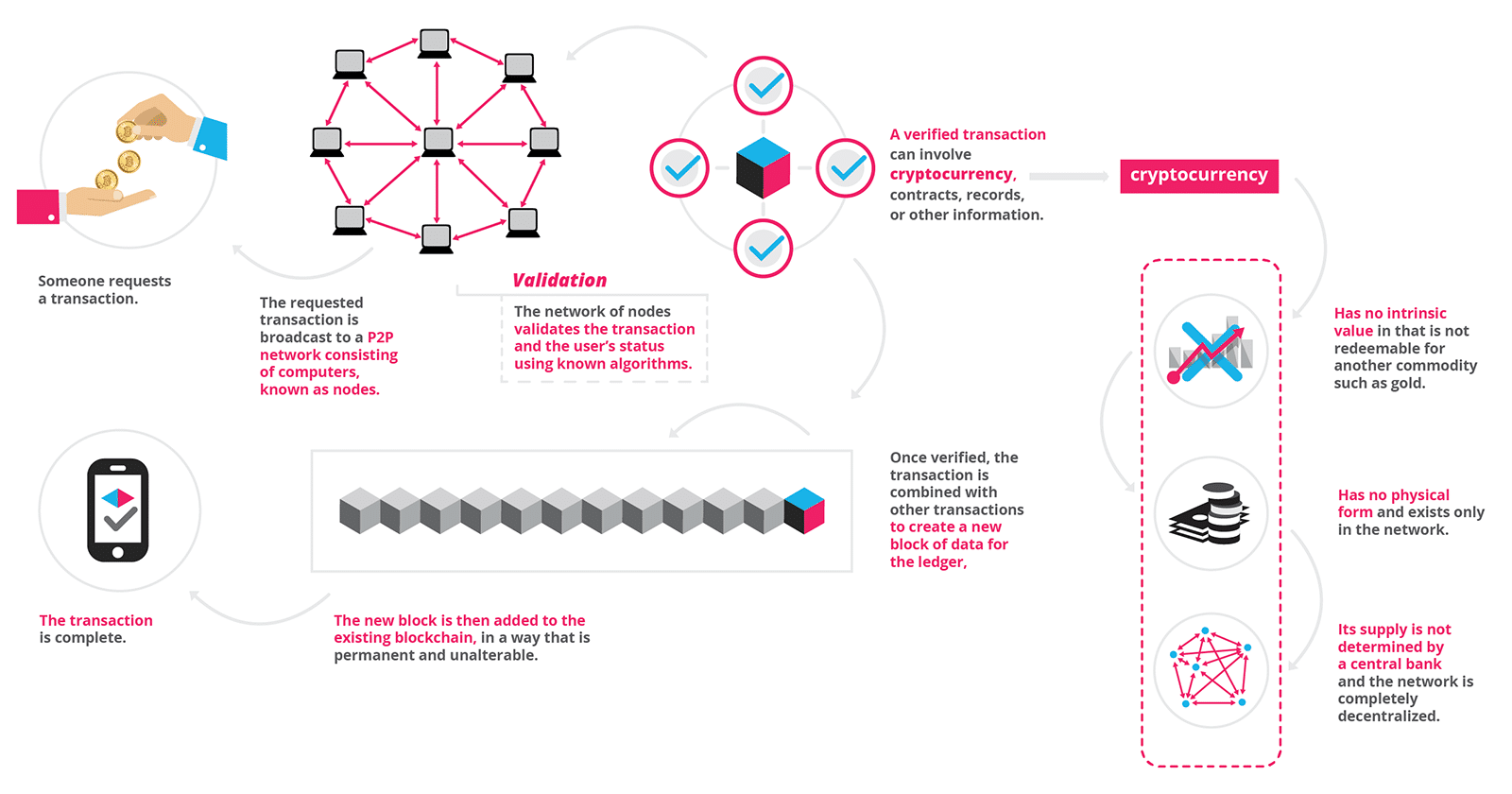The aptly named “elevator speech” or “elevator pitch” is a concise, compelling introduction that can be communicated in the amount of time it takes someone to ride the elevator to her floor.
Even if you’re never caught heading up to the 39th with someone important, this is a good skill to master when you’re introducing yourself during an interview, a sales pitch, or a networking event. People are busy, and being able to communicate who you are and what you do quickly and effectively will ensure that you get your most important points across, no matter how short the conversation.
1. Start With a Blank Canvas
Take a blank piece of paper and number it from one to 10. Then, fill in the most important bits of information that you want to convey about yourself, your service or product, or your company.
What, exactly, do you do? What have you achieved, and what are your goals? Who does your company serve and why? Focus on the most interesting or memorable facts—the ones that really make you stand out from others.
2. Red Pen It
Using a different color pen, edit what you’ve drafted with a critical eye. Eliminate any redundancies, unnecessary or unclear information, and broad business jargon.
More importantly, hone and enhance the good stuff. “I’m great at sales” isn’t likely to pique anyone’s interest, but “I’ve exceeded my sales goals every quarter for the last two years” sure might.
3. Pick a Card
Grab five index cards, and label them “Who I Am,” “What I Do,” “How I Do It,” “Why I Do It,” and “Who I Do It For.” Add each item on the list you’ve created to the card where it fits best.
Ideally, you’ll have two compelling sentences underneath each heading, so fill in any gaps if you need to.
4. Get in Order
Organize the cards in a logical order, making sure the most important information is first.
Remember, you often only have a few seconds to communicate with someone. If you get cut off, what would you want her to walk away remembering?
5. Add an Attention-Getter
Add an interesting fact or stat to use at the beginning of your speech. Your goal is to immediately engage someone so that he or she is intrigued and wants to learn more.
6. Practice!
Recite your pitch to someone close who can be objective, and ask for constructive feedback (although we love our friends and families, sometimes they think we can do no wrong!).
What may seem clear in your mind might come across as convoluted, long-winded, or fragmented to an outside observer.
7. Record Your Pitch
Once you’ve gotten feedback and honed your pitch even further, record yourself saying it. Listen to your tone—make sure it’s friendly, non-threatening, and that you’re not talking a mile a minute (knowing you only have a few moments to speak may subconsciously increase your pace).
Really listen to what you’re saying—make sure you’re not repeating words and that you’re sending the message you really want to convey.
8. Ride the Elevator
The next time you ride an elevator (alone), practice your speech.
First, give yourself some time by going to the highest floor. Then, try giving your pitch from a middle floor and from the first to the third floor, too. Having to make just a few brief moments count will help you to hone the words you need and scrap the ones you don’t!
This week, set aside some time to craft your elevator pitch (or dust off the one you’ve used before). You just never know who you might face tomorrow morning.
Source:
https://www.themuse.com/advice/perfect-pitch-how-to-nail-your-elevator-speech



